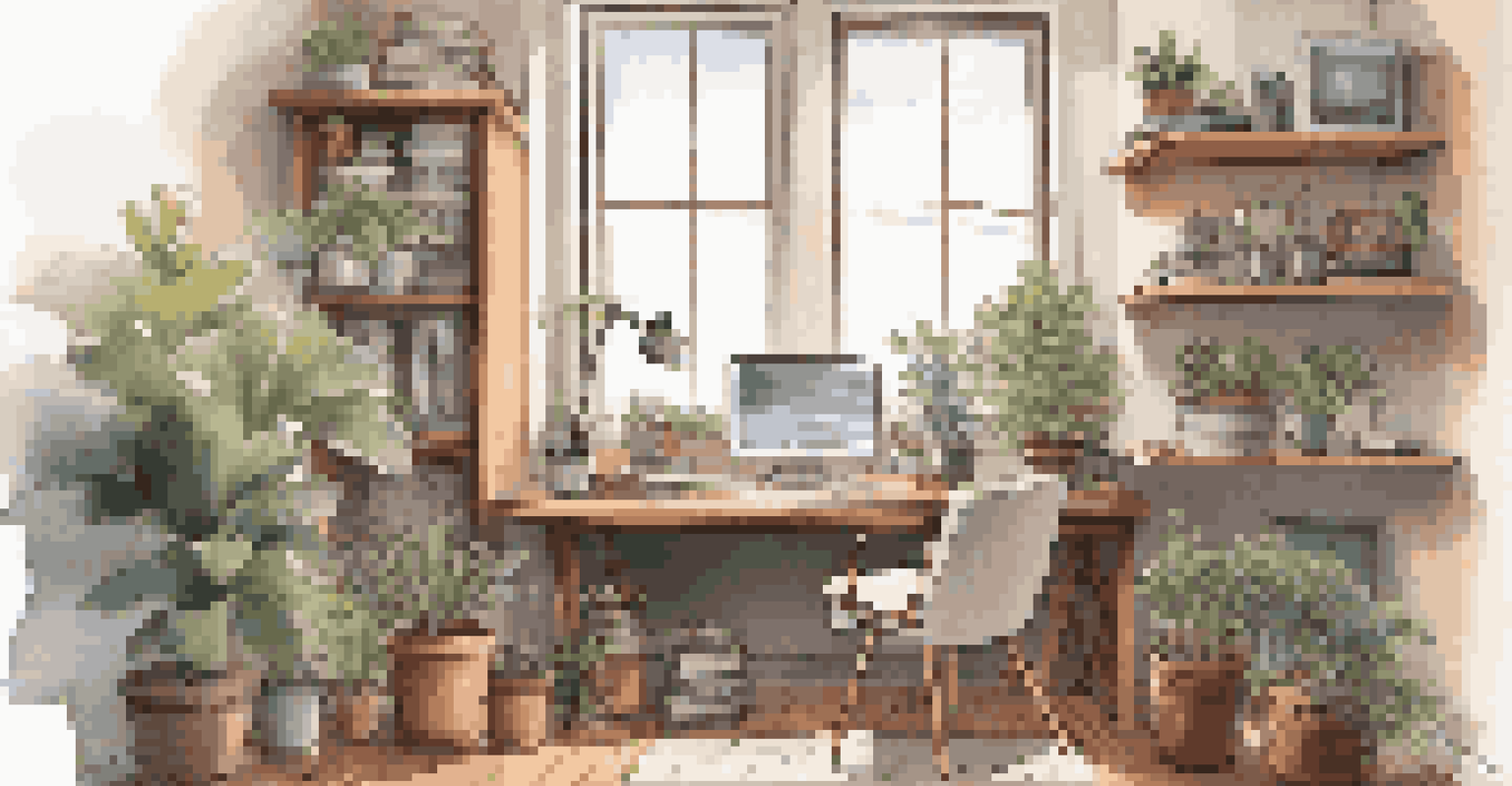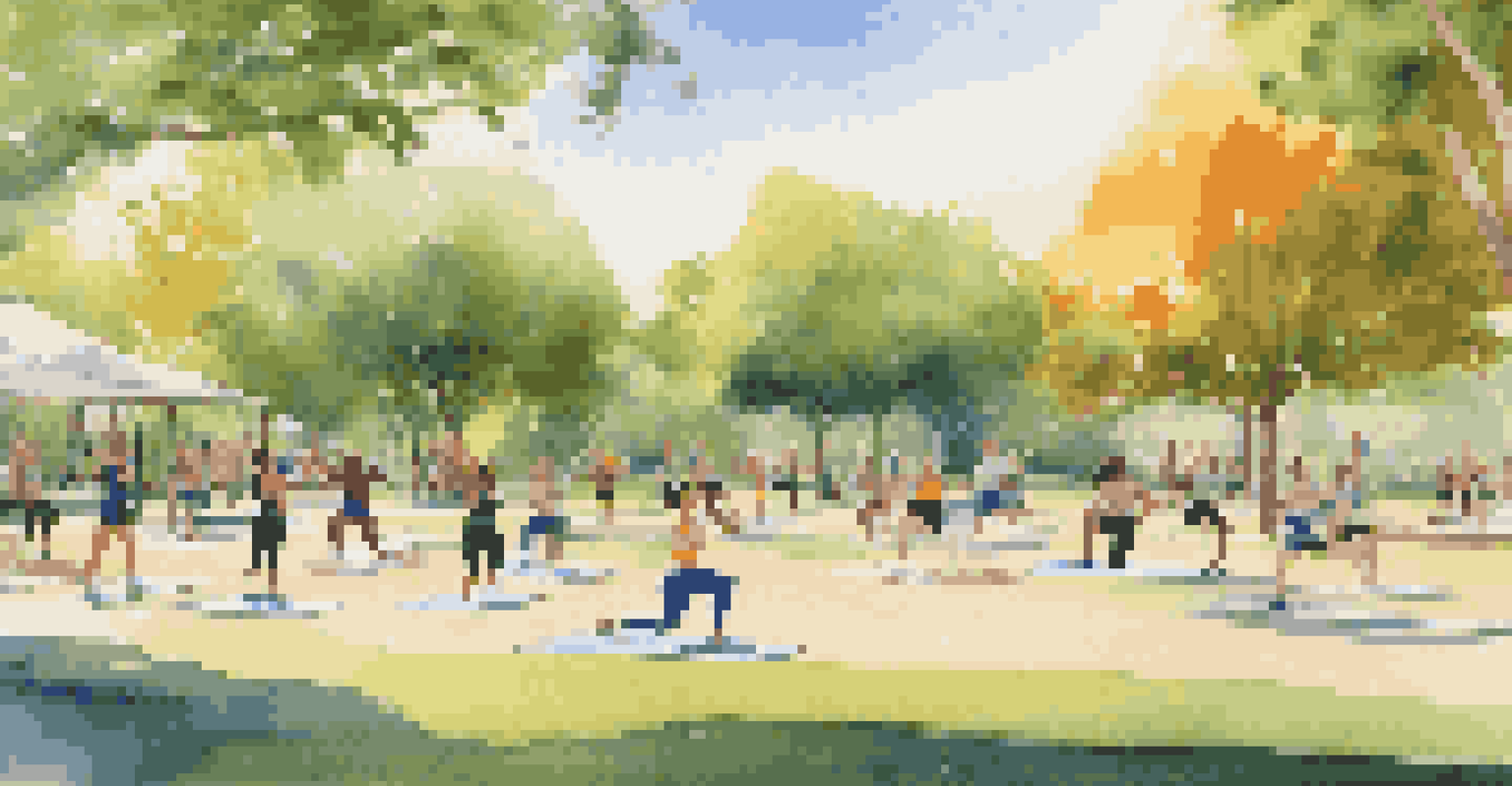Using User Scenarios to Enhance the UX Design Process

Understanding User Scenarios in UX Design
User scenarios are narrative descriptions that illustrate how users interact with a product. They capture the context, goals, and potential challenges users might face. By walking through these scenarios, designers can better empathize with the end users' experiences and expectations.
You can't just ask customers what they want and then try to give that to them. By the time you get it built, they'll want something new.
Imagine planning a road trip. You wouldn’t just focus on the destination; you'd consider the route, stops, and potential detours. Similarly, user scenarios provide a roadmap for understanding user journeys, ensuring that every touchpoint is thoughtfully designed.
Ultimately, these scenarios serve as a bridge between user needs and design decisions, making them a crucial component of the UX design process.
The Benefits of Using User Scenarios
Implementing user scenarios can lead to a more user-centered design approach. They help clarify user goals and motivations, allowing designers to create solutions that genuinely meet user needs. This focus on the user can result in higher satisfaction and engagement rates.

Consider a fitness app: by creating scenarios for different users—like a beginner vs. an experienced athlete—designers can tailor features that resonate with each group. This targeted approach makes the product more relevant and effective for varying user needs.
User Scenarios Enhance Design Empathy
User scenarios help designers understand and empathize with user experiences, leading to more user-centered products.
Moreover, user scenarios can help identify potential pitfalls in the design early on, reducing costly revisions later in the development process.
Creating Effective User Scenarios
To craft compelling user scenarios, start by gathering data through user interviews, surveys, or analytics. Understanding user demographics and behaviors lays the foundation for realistic and relatable scenarios. This research will guide you in painting a vivid picture of your users' journeys.
Design is not just what it looks like and feels like. Design is how it works.
Once you have the data, outline a typical user journey—consider their goals, tasks, and emotional responses at each touchpoint. Think of it like scripting a play; each act should flow seamlessly into the next, reflecting the user’s experience.
Finally, remember to keep your scenarios relatable and focused on the user's perspective. This will help your team stay aligned with the user’s needs throughout the design process.
Integrating User Scenarios with Design Tools
User scenarios can be integrated with various design tools to enhance the UX process. For instance, they can be used alongside wireframes and prototypes to ensure that design elements align with user needs. This synergy helps create a cohesive design perspective that prioritizes user experience.
Imagine using a scenario to guide your decisions in creating a wireframe. By referring back to the user's specific goals and journeys, the design can morph into a more intuitive layout. This alignment between scenarios and design tools ensures that every decision enhances the user's experience.
Iterative Testing Improves User Scenarios
Validating user scenarios through testing allows designers to refine their understanding and enhance product relevance.
Incorporating user scenarios into tools like storyboards or journey maps can also visualize the user experience more effectively, making it easier for teams to communicate and collaborate.
Testing User Scenarios for Validation
Once user scenarios are drafted, it’s important to test them for validation. This involves getting feedback from actual users to see if the scenarios accurately represent their experiences and needs. User testing can reveal gaps or misalignments that may not be apparent during the design phase.
Think of this as a dress rehearsal before the big show. Just as actors refine their performances based on feedback, designers can refine their scenarios to better reflect user interactions. This step is crucial for ensuring that the final product resonates with the intended audience.
By validating scenarios through user testing, designers can make informed adjustments, leading to a more polished and user-friendly final product.
Iterating User Scenarios for Continuous Improvement
The design process should be iterative, and user scenarios are no exception. As user feedback is gathered and new insights emerge, these scenarios should be revisited and refined. This ongoing process ensures that the design continues to meet evolving user needs.
Consider a mobile banking app that starts with a set of scenarios. Over time, as new features are added or user behaviors change, these scenarios might need adjustments to stay relevant. Regularly updating scenarios helps keep the design aligned with user expectations.
Real-World Impact of User Scenarios
Successful companies like Airbnb and Spotify demonstrate how user scenarios can drive innovative and effective design solutions.
This iterative approach not only enhances the user experience but also fosters a culture of continuous improvement within the design team.
Real-World Examples of User Scenarios in Action
Many successful companies utilize user scenarios to enhance their UX design. For instance, Airbnb has employed user scenarios to better understand both hosts and guests, allowing them to create features that cater to the unique needs of each group. This strategic approach has significantly improved user satisfaction and engagement.
Similarly, Spotify uses user scenarios to design personalized playlists and recommendations. By understanding different user personas, the platform can tailor experiences that resonate with diverse audiences, enhancing user loyalty and retention.

These examples highlight that when companies invest time in understanding their users through scenarios, they can create more innovative and effective solutions that resonate with real-world needs.